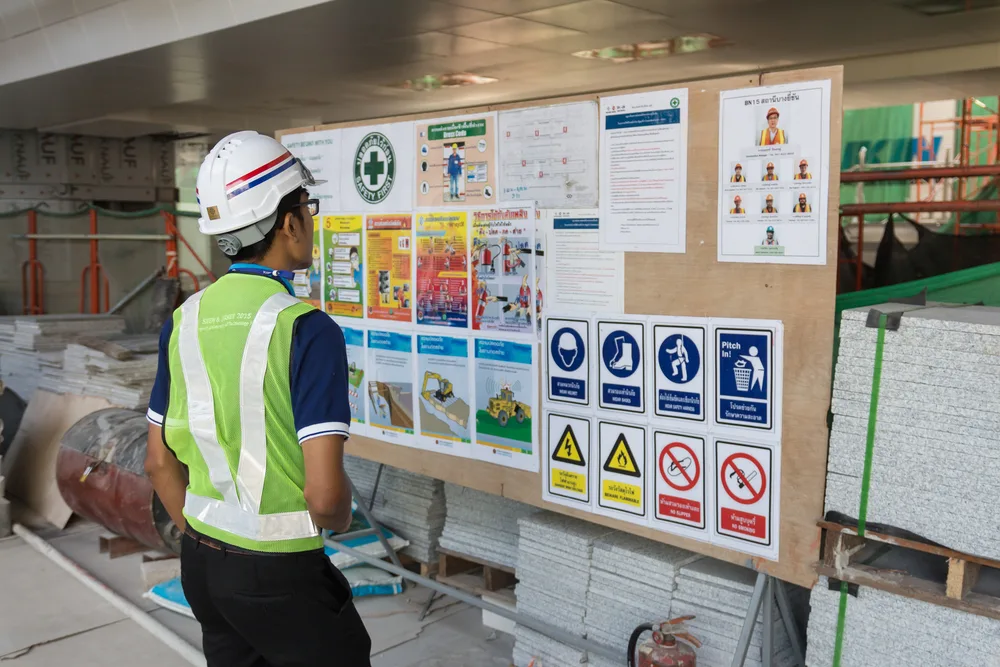Managing Hazard and Operability (HAZOP) Studies Course
Introduction:
It is crucial for an organization to have a clear vision and work toward achieving it in today's ever-changing environment. This 5-day HSE Leadership and Management Course focuses on addressing critical issues and overcoming challenges in various sectors of the construction industry. Participants will learn how to protect lives and property, preserve the environment for future generations, and ensure compliance with regulations.
The course is designed to challenge participants and enhance their knowledge and confidence in overseeing, managing, and controlling health, safety, and environmental aspects of personnel and contractor activities at construction sites. This includes industries such as oil & gas, manufacturing, chemicals, pharmaceuticals, new developments, and public infrastructure, all within a rapidly evolving and complex business environment.
Objectives:
Upon completing this HSE Leadership and Management Course, participants will be able to:
- Understand key legislation and practices in construction industry HSE and OHS, particularly in advanced democracies.
- Gain hands-on experience with tools, concepts, and strategies for effective HSE in construction.
- Implement advanced HSE concepts, tools, and techniques to drive improvements within their organization.
- Explain the roles and responsibilities of employees and employers in HSE implementation.
- Transfer best practices to organizations with less developed legal systems.
- Introduce and implement behavioral HSE systems to enhance safety in the organization.
- Apply behavioral HSE practices to improve organizational culture.
- Utilize tools for continuous HSE assessment on-site during construction activities.
Training Methodology:
- Case studies
- Group discussions
- Hands-on workshops
- Role-playing scenarios
- Behavioral simulations
- Peer reviews
- Real-world HSE monitoring activities
- Q&A sessions
Course Outline:
Unit 1: Legislation and Management
- Health and Safety at Work Act 1974
- Responsibilities, offenses, and penalties
- Safety policies and employee consultations
- Induction training
- General health and safety regulations
- Risk assessments and method statements
- Construction (Design and Management) regulations
- Safety inspections and auditing
- Safety in street and road works
- Site setup and security
- Statutory forms, notices, and registers
Unit 2: Occupational Health and Hygiene
- Site health management
- Personal protective equipment (PPE)
- Control of substances hazardous to health (COSHH)
- First-aid provisions
- On-site food hygiene
- Working with lead and asbestos
- Dust and fume management
- Noise and vibration management
- Eye and skin protection
Unit 3: Working at Height
- Work at Height Regulations 2005
- Ladders, steps, and lightweight staging
- Working near or over water
- System scaffolds and mobile towers
- Tube and fitting scaffolds
- Safe roof work
- Fall-arrest and suspension equipment
- Working with steel structures
Unit 4: Safe Use of Plant and Equipment
- Abrasive wheels
- Cartridge-operated tools
- Lifting operations, equipment, and accessories
- Mobile elevated work platforms (MEWPs)
- Hoists and hoist towers
- Plant and machinery safety
- Woodworking machinery
Unit 5: Other Hazardous Activities
- Rail track safety
- Working near buried services
- Lone working
- Electrical safety
- Working in and around excavations
- Confined space work
- Demolition safety
Unit 6: Human Factors
- Accident prevention and supervision
- Accident investigation and reporting
- Behavior-based safety
- Addressing drug and alcohol abuse
Unit 7: Waste Management and Environmental Protection
- Waste management practices
- Environmental management strategies
Unit 8: Fire and Flammable Substances
- Fire prevention and control in office premises
- Fire prevention and control strategies
- Hazardous materials management
- Liquefied petroleum gas (LPG) characteristics
- Safe handling of fuels like petrol, diesel, and LPG


















